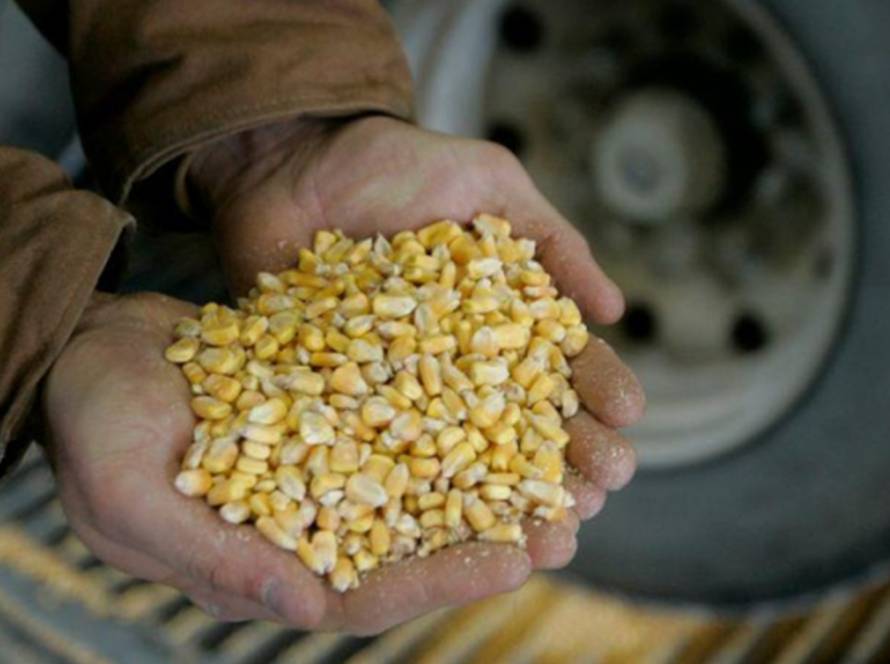The United States Department of Agriculture (USDA) revised Brazil's 2024/25 harvest to 130 million tons, an increase of 4 million tons over the previous projection. For the 2025/26 harvest, the global supply and demand balance is expected to show a further reduction in final stocks. The United States, with a production potential of 402 million tons, could see an increase of almost 30% in stocks at the end of the 2025/26 season. With the good harvest outlook, prices should remain under pressure, with the possibility of further declines due to the case of avian flu in RS. In its May report, the USDA updated Brazilian corn production for the 2024/25 harvest, which was revised upwards to 130 million tons, compared to 126 million tons in the April report.
For the 2025/26 harvest, Brazil and Argentina are expected to harvest 131 and 53 million tons, respectively, with an increase in the area planted with the cereal in both countries. The global supply and demand balance for the cereal is expected to tighten again this year, with a reduction of 3% or 9 million tons for world final stocks, reaching 278 million tons.
For the American supply and demand balance, the main change for the 2024/25 harvest was the revision, again upwards, of exports, which went from 62.2 to 64.8 million tons, making the American supply and demand balance tighter for the current harvest. For 2025/26, the increase in the area planted with the cereal could lead to a production of almost 402 million tons of corn in the United States, which, even with the projected increase in domestic consumption and exports, would lead to an increase of 27% in the final stock, going from 35.9 (2024/25) to 45.7 million tons in 2025/26.
In the short term, although the reduction in tariffs between the United States and China is considered a factor supporting external prices, the projection of a large harvest in Brazil, around 105 million tons for the 2nd harvest, should keep domestic prices under pressure. Additional concern is the outbreak of avian flu found in Rio Grande do Sul. The closure of imports of Brazilian poultry to several destinations may reduce demand for the cereal in the short term, further increasing pressure on domestic prices.






